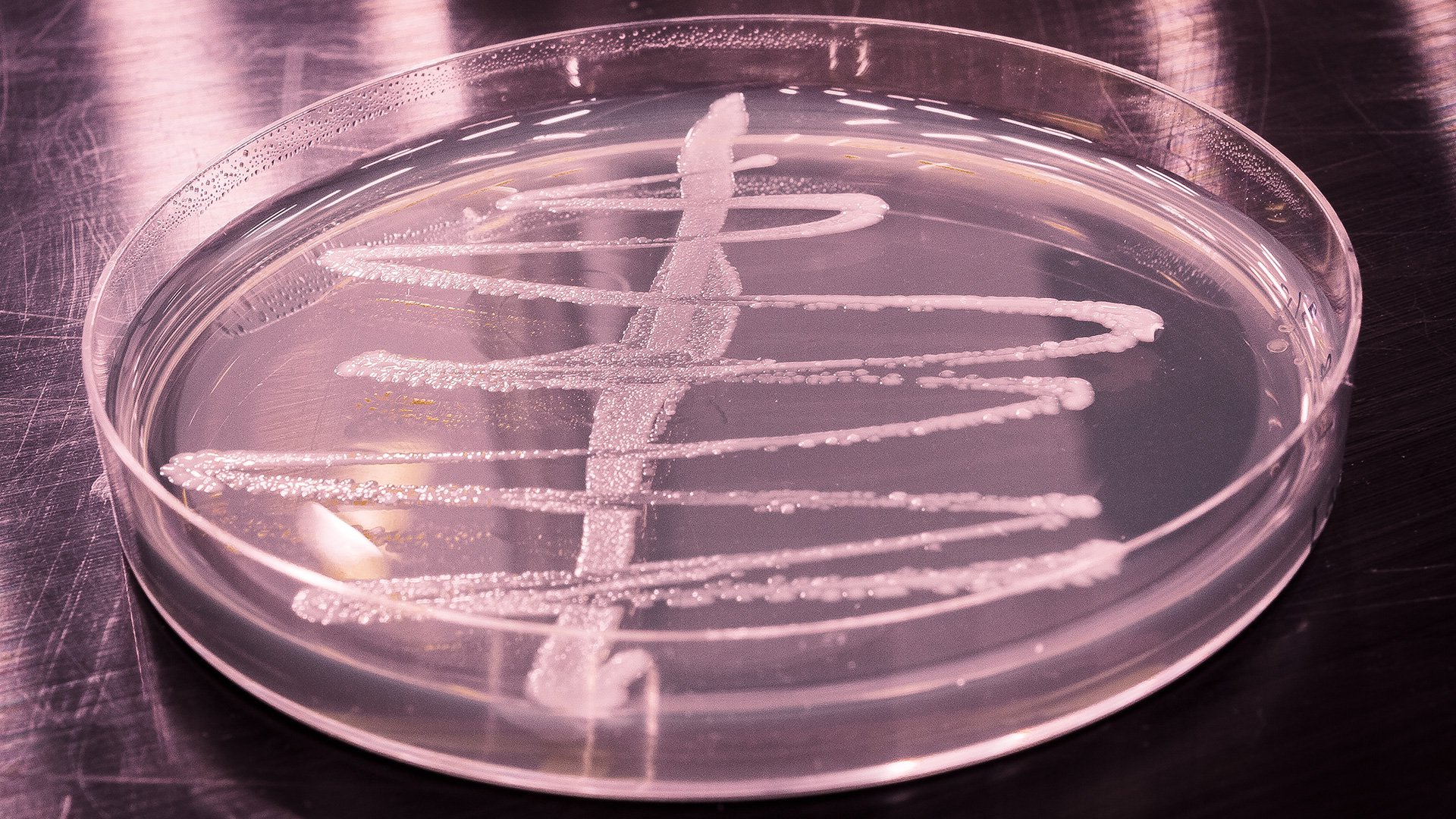While every museum has a collection, not many have a collection such as Micropia. After all, Micropia is the only museum in the world with a living collection of micro-organisms. The total collection features over 300 different kinds of living microbes which vary widely from each other. All have their own specific requirements in terms of nutrition and environment. As a result, these conditions require careful management to make sure that the microbes keep on growing and are not overwhelmed by other, unwanted microbes. You will understand that the management of this collection is not an easy task! This task is what fills my days as a laboratory assistant. In this blog, you can read more about the micro-organisms in our unusual collection and the way that we manage them.
Three domains
Most people mainly think of bacteria when they hear the word microbes, but they only form one of the three domains of life in which micro-organisms can be found. Alongside ‘Bacteria’, the other domains are ‘Eukaryota’ and ‘Archaea’. Humans form part of the Eukaryota domain, which in turn is subdivided into the kingdoms of plants, animals and fungi. Microbes can be found in every kingdom of the Eukaryota. The Archaea domain only consists of micro-organisms, as does the Bacteria domain. From a genetic point of view, these micro-organisms vary hugely. They may even display more genetic differences than there are between a human and an ant, for example. It is impossible for us to show every kind of microbe in Micropia. Instead, the collection is intended to provide the most representative reflection of microbial diversity on our planet.
Selfmade growth media
As each species requires different nutrients, we use various kinds of growth media in Micropia. We make these media ourselves every day. Among other things, they consist of sterilised water with added nutrients and vitamins. Many algae and cyanobacteria are cultivated in these kinds of liquid media. In addition, we make agar plates of these media, as many fungi and other bacteria also grow well on them. Some species are kept on agar plates and in a liquid medium, which ensures that we always have a back-up if something goes wrong. For example, this fact is true for Photobacterium phosphoreum, which we need to transfer twice a day to show it in the museum.

Bacillus bulgaricus
Frozen microbes
The microbes on display in the museum form part of the ‘active’ collection. Every now and then, these organisms need to be transferred in order to prevent the culture from becoming too crowded and ultimately breaking down. Many of our volunteers are in charge of a particular organism, making sure that it remains healthy and transferring it. This help is essential, given the size of the collection. We also have an ‘inactive’ collection, which is not on permanent display. These organisms are kept in a freezer until we wish to display them again.
Recultivating
I am currently cultivating and then refreezing these organisms, as even micro-organisms cannot be stored on ice forever. At the same time, I am examining the best methods for cultivating them. For example, some fungi can grow very quickly on certain types of media but need a different kind of medium to sporulate. If you would like to see our collection management in action, a visit to Micropia will provide a good sneak peek. You can come here to see the many volunteers, interns and assistants at work in the laboratory. In any case, I hope to have given you a better idea of Micropia's collection and the way that it is managed, even before you visit us. See you soon!
